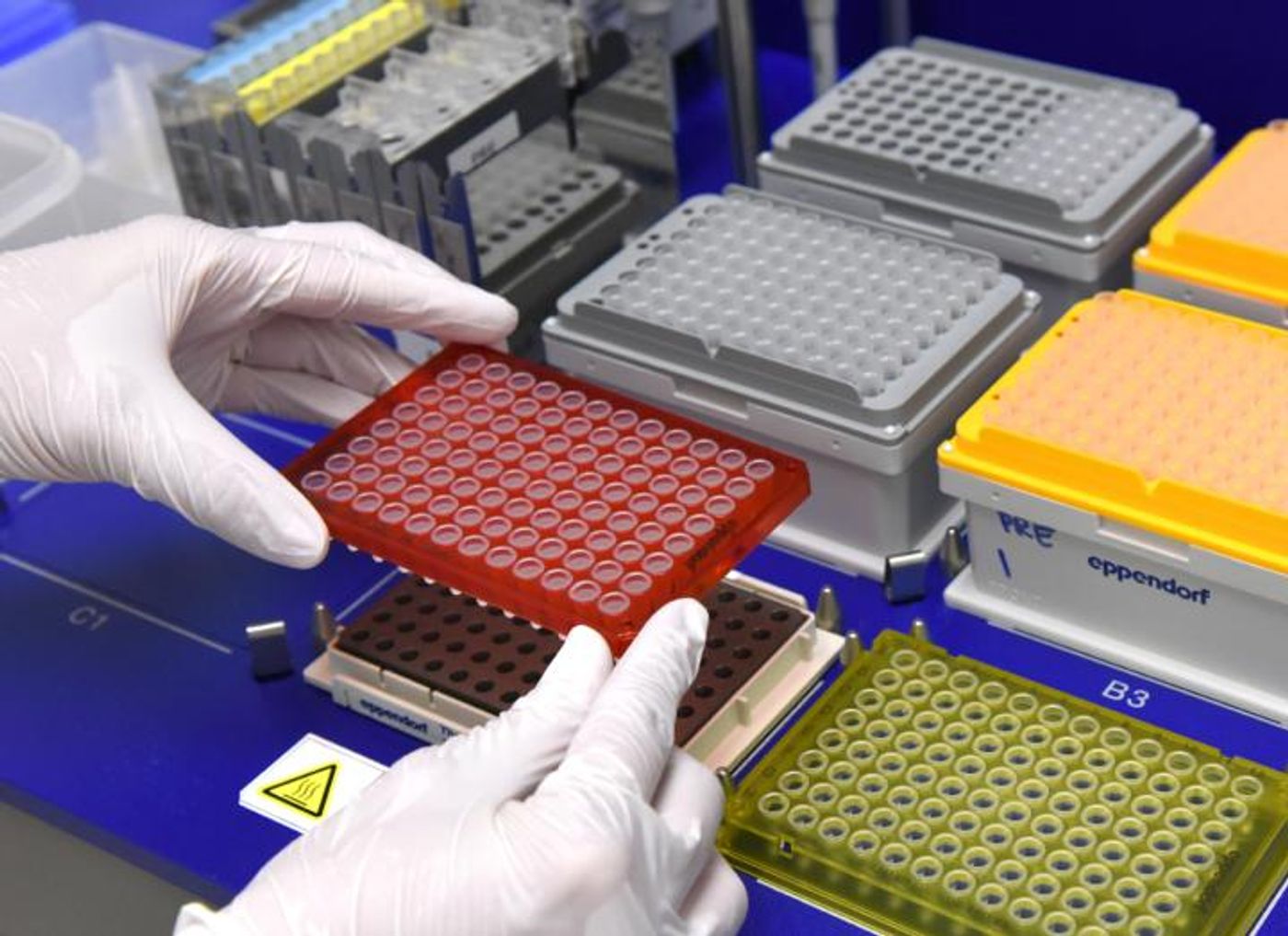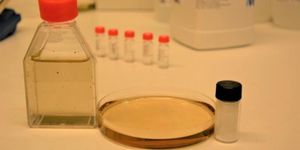Some Genetic Sequencing Tests Are Coming Up Short
If doctors suspect that a person has a genetic disease, it’s become straightforward to simply sequence all the coding regions of the individual’s genome; what used to be an incredibly time-consuming and laborious process has now become a more routine part of healthcare. This is especially true for young children and infants that have mysterious illnesses that probably have a genetic cause. However, new research has suggested that this sequencing methodology, called whole exome sequencing, may be missing large portions of protein-coding DNA, and may be impeding doctors from making a proper diagnosis.
This study, which was reported in Clinical Chemistry, showed that labs performing whole exome sequencing tended to analyze less than three-quarters of coding genes, and showed that there are large gaps in their diagnostic abilities for certain diseases. The study authors are concerned about how the quality of genetic testing is being documented.
"Many of the physicians who order these tests don't know this is happening," said Jason Park, M.D., Ph.D., associate professor of pathology at UT Southwestern. "Many of their patients are young kids with neurological disorders, and they want to get the most complete diagnostic test. But they don't realize whole exome sequencing may miss something that a more targeted genetic test would find."
There are around 20,000 genes that code for protein in the genome, which only makes up about two percent of our genetic material. However, analyzing all of those genes completely is challenging, and there may be oversights, noted Park. About half of whole exome sequencing analyses don’t find a genetic mutation carried by the patient, and this study may help show why.
After reassessing exome testing for 36 patients, done between 2012 and 2016 at three national laboratories, the researchers found big differences. A ‘completely analyzed’ gene would have had its coding region sequenced at least twenty times per test. The study showed that less that 1.5 percent of genes were completely analyzed in the 36 samples. In one lab, at least 28 percent of genes weren’t completely analyzed, and only five percent definitely were. Another lab had completely analyzed only 27 percent of genes.
"And things really start to fall apart when you start thinking about using these tests to rule out a disease," Park said. "A negative exome result is meaningless when so many of the genes are not thoroughly analyzed."
Every lab had a different chance of diagnosing an epileptic disorder. One lab was checking most epilepsy-related genes in most patients, although three of their patient samples had only covered around 40 percent of those genes. Another lab was checking only about 20 percent of those genes completely.
"When we saw this data we made it a regular practice to ask the labs about coverage of specific genes," said the corresponding study author Garrett Gotway, M.D., Ph.D., a clinical geneticist at UT Southwestern. "I don't think you can expect complete coverage of 18,000 genes every time, but it's fair to expect 90 percent or more."
Other work has revealed similar problems with a different kind of sequencing tool, whole genome sequencing. The researchers are hopeful that more clinicians will demand better testing standards for their patients.
"Clinical exomes can be helpful in complex cases, but you probably don't need one if a kid has epilepsy and doesn't have other complicating clinical problems," Gotway said. "There's a decent chance the exome test will come back negative and the parents are still left wondering about the genetic basis for their child's disease."
Gotway suggested that using genetic tests that focus on a panel of disease-related genes that are appropriate for a patient may be a better way to look for a disease-causing mutation. These tests can be less expensive and better at revealing genetic errors that cause disease.
Sources: AAAS/Eurekalert! via UT Southwestern Medical Center, Clinical Chemistry









